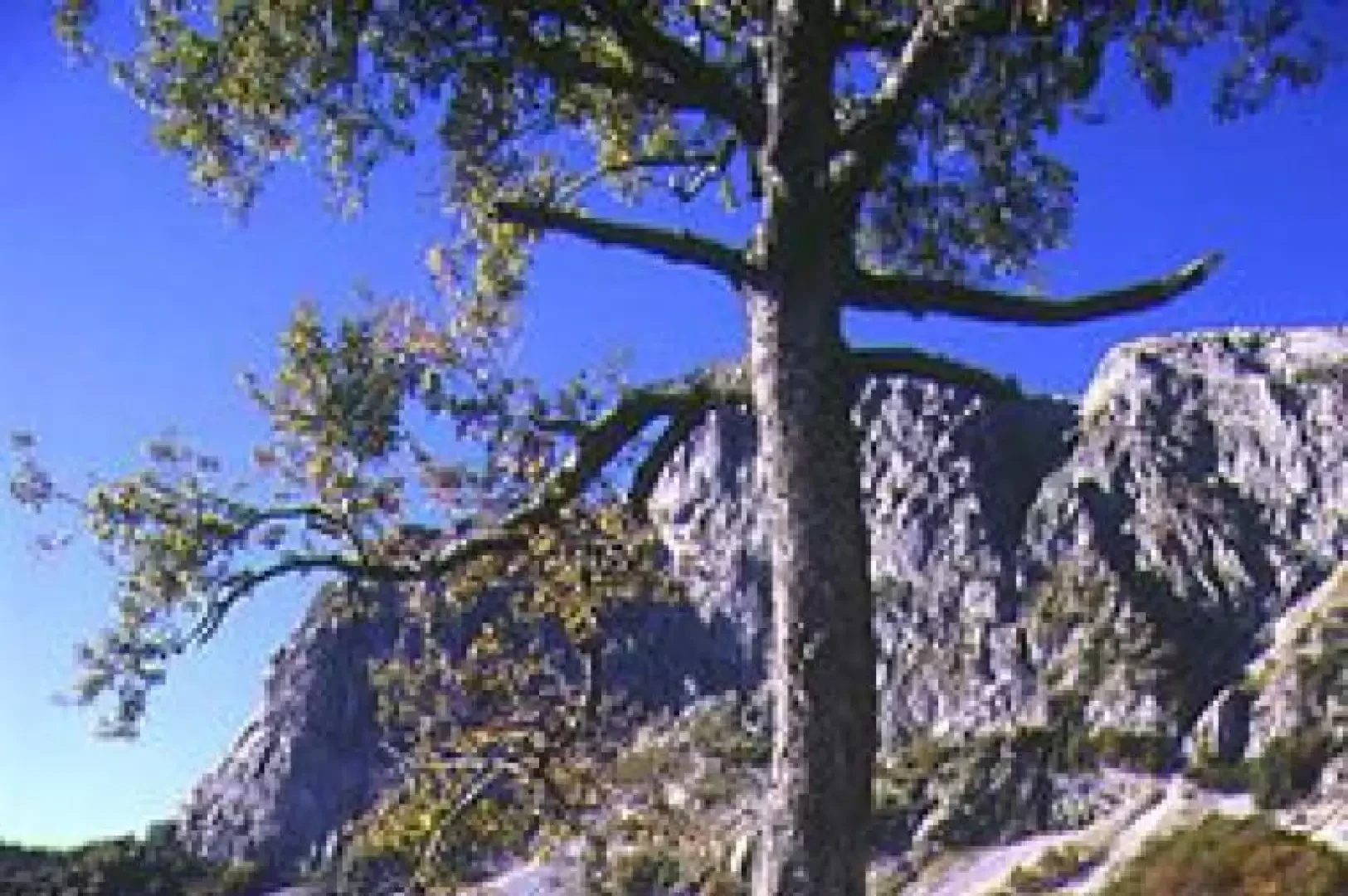
The Apuan Alps represent one of the most typical and original mountainous areas of the Italian peninsula, due to the richness of its environments and landscapes. The ancient presence of man and his activities has left remarkable traces here and has scattered the territory with important historical and cultural testimonies. The Apuan Alps are known throughout the world for the beauty of their marble and other decorative and building stones (cipollino, breccia, Cardoso stone).
The Apuan Alps represent one of the most typical and original mountainous areas of the Italian peninsula, due to the richness of its environments and landscapes. The ancient presence of man and his activities has left considerable traces here and has scattered the territory with important historical and cultural testimonies. The Apuan Alps are known throughout the world for the beauty of their marble and other decorative and building stones (cipollino, breccia, Cardoso stone).
The Apuane are therefore an orographic complex of great beauty thanks to the imposing mountain massif, with its very rugged morphology, deep valleys and steep slopes. In the stretch of a few kilometres, starting from the short coastal plain of Versilia, the Apuan Alps rise to an altitude of almost two thousand metres with Monte Pisanino (1946 m).
The relief of the Apuan Alps determines, with the triggering of slope rains, very high rainfall values that, along the main watershed, exceed 3000 mm per year. The air temperature is also naturally affected by the orography, although it is mitigated by the influence of the sea. From annual average temperature values of just over 15°C, recorded at the very first Versilia foothills, there is a gradual shift to values below 7°C in the highest peaks of the northern Apuan Alps. At the same time, there is only one 'arid month' (according to Gaussen) in the same piedmont strip and in the hills and low mountains of the Lunigiana and Lucca parts of the chain, while the 'cold months' (average temperature < 7°C) reach their maximum number of 4-5 per year on the highest peaks and in the mountainous parts behind the inner slopes of the Apuane.
Remarkable are the aspects of geomorphological relevance in this mountain range. There are well-preserved examples of moraines, erratic boulders, valleys and cirques from the last Würmian glaciation. There are also surface karst forms, such as karst fields, dolines (Carcaraia, Monte Altissimo, Monte Sagro, etc.) and other epigean dissolution phenomena (Vetricia plateau; arch of Monte Forato, etc.). In the subsoil, then, we encounter some of the highest expressions of the Karst phenomenon. In fact, we find here the deep abysses and great Apuan cavities, which are the result of an impressive labyrinth of tunnels and shafts: the Antro del Corchia - for example - with more than 70 km of underground conduits and 1210 metres of difference in height, is the largest karst system in Italy and one of the largest in the world.
Related topics
- .
- [[Regional Park of the Apuan Alps]]